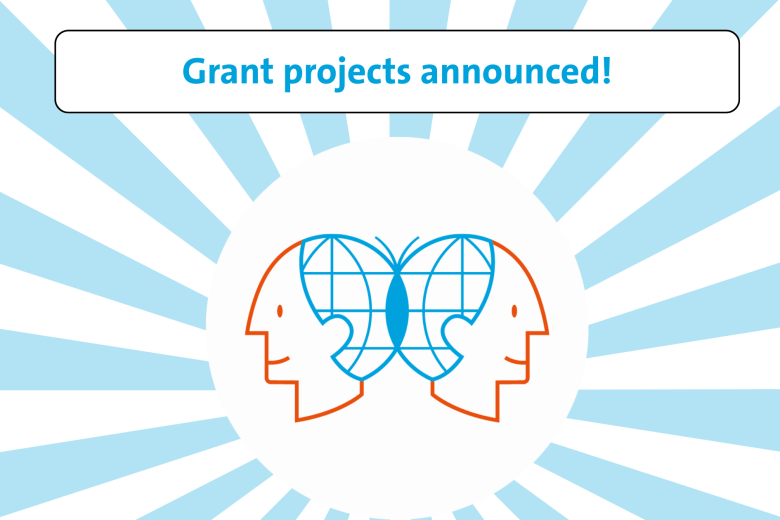Assessing impacts and futures
Impact assessment refers to the various practices of trying to understand the contributions to addressing different sustainability challenges [1,2]. Assessing impact is often by default referring to the measurements conducted after the execution of different projects, decisions or policies – measuring and monitoring what was done, which goals were reached, or who was impacted. Yet, due to the grand challenges of the future, different organizations and actors have realized the importance to rather assess impact with future-oriented lenses, before decisions are made – measuring and assessing what should be done, what goals could be achieved, who could be impacted, how could resilient, responsible and sustainable futures be reached.

Even though the future is in many sense unknowable, unpredictable and uncertain, there is a need to make decisions about the future and prepare for it. Particularly impact assessment has a big role in this, as different decisions or projects need to be weighted based on how the positive impacts could be maximized and negative impacts minimized.
The vast majority of impact assessment methods have focused on retrospective, or ongoing impact assessment methods, which of course, do stand for a great purpose [3]. However, there is an importance to address impacts proactively with ex-ante, future-oriented impact forecasting methods to ponder the future: what can we know about the future, or what does thinking about it entail. In other words, moving from retrospective measurement, or reactive monitoring, to proactive impact assessment [4].
The meaning of forward-looking impact assessment is not necessarily to try accurately predict or measure the future, but rather to explore what the probabilities, possibilities, and even impossibilities for the future are. Even though the future cannot be predicted accurately, looking into the future with impact assessment has value in trying to be prepared for different scenarios. Here are five different categories of future-oriented impact assessment methods [4].
Scenario-based methods
These methods use scenarios as the basis for the assessment. This can mean, for instance, building different scenario paths depending on different courses of actions taken, or analyzing already build scenarios, such as the IPCC ones. These methods are a powerful tool to ask questions and expanding to different timeframes. Scenario building can bring forward arena for futures thinking and making. It is, of course, clear that it is not possible to cover all different futures by scenarios. The future is unpredictable and there may be so-called “black swans” which are not covered by the scenarios. Yet, these methods can still accelerate futures thinking.
Algorithmic methods
Algorithmic methods are focusing on the use of technology and algorithmic techniques in the process of impact assessment. For instance, impact simulations. These methods are often praised to be robust, and for providing data for comparison. However, it is also sometimes noted that there is a lack of transparency.
Expert-based methods
These methods are relying on expert information. For example, conducting literature reviews, consultations or gathering together experts to discuss. The main benefit is the possibility to pool together different information (e.g., studies on past projects and their impacts) and using this information as the basis for thinking about the future. This way impact assessments themselves can produce knowledge about impact related matters. It may be difficult to make the decision on which experts to listen to, or which studies to trust, as experts may have differing ideas of the future developments.
Environmental modelling
As environmental aspects of impact may be slightly easier to quantify, compared to social impacts, environmental modelling methods are popular among forward-looking assessment methods. These can mean trend analysis, energy modelling or global climate models, for example, and are often viewed as the gold standard for assessing future environmental impacts. These methods provide the possibility to visualize results, but are sometimes criticized for the lack of ability to represent complex realities.
Participatory methods
Participatory methods emphasize the involvement of different stakeholders in the impact assessment processes. For instance, this can mean the involvement of the public in policy impact assessments, or different stakeholders coming together to discuss, in the forms of workshops, debates or interviews. This can enhance the legitimacy and public debate and can improve assessments with knowledge from different sources. Even though it may be difficult to take into consideration all different stakeholders and their preferences, these methods still provide an arena for trying to understand the fears and desires different actors have for the future.
Admitting that futures cannot be accurately predicted, still trying to make sense of how our actions today affect our future world is crucial. Even though forward-looking impact assessment methods do not necessarily give specific fool-proof answers to what should be done, it is important to consider different depictions of the futures, and move beyond predicting probabilities – often the futures that are deemed to be impossible at one point, may become reality.
References:
1 Ebrahim, A., & Rangan, V. K. (2014). What impact? a framework for measuring the scale and scope of social performance. California Management Review, 56(3), 118–141. https://doi.org/10.1525/cmr.2014.56.3.118
2 Jäger, U.P, & Rothe, M. D. (2013). Multidimensional assessment of poverty alleviation in a developing country: a case study on economic interventions. Nonprofit Management & Leadership, 23(4).
4 Grieco, C., Michelini, L., & Iasevoli, G. (2015). Measuring value creation in social enterprises : a cluster analysis of social impact assessment models. Nonprofit and Voluntary Sector Quarterly, 44(6), 1173–1193. https://doi.org/10.1177/0899764014555986
5 Strömmer, K., & Ormiston, J. (2022). Forward-looking impact assessment - an interdisciplinary systematic review and research agenda. Journal of Cleaner Production, 377. https://doi.org/10.1016/j.jclepro.2022.134322
Also read
-
Global Citizenship for Sustainable Development grant winners announced
We are proud to announce that three projects have received funding from the Global Citizenship for Sustainable Development network at Maastricht University.

-
Inaugural lecture Jan Willem van Prooijen
What drives people to embrace radical conspiracy theories, sometimes with far-reaching consequences for society? During his inaugural lecture on Friday 27 June, Prof. Dr. Jan Willem van Prooijen (radicalisation, extremism, and conspiracy thinking) will address this urgent question.

-
Update 25 June
Last night a UM building at the Bouillonstraat was daubed with paint and slogans. A sad expression of vandalism. UM has filed a report.
